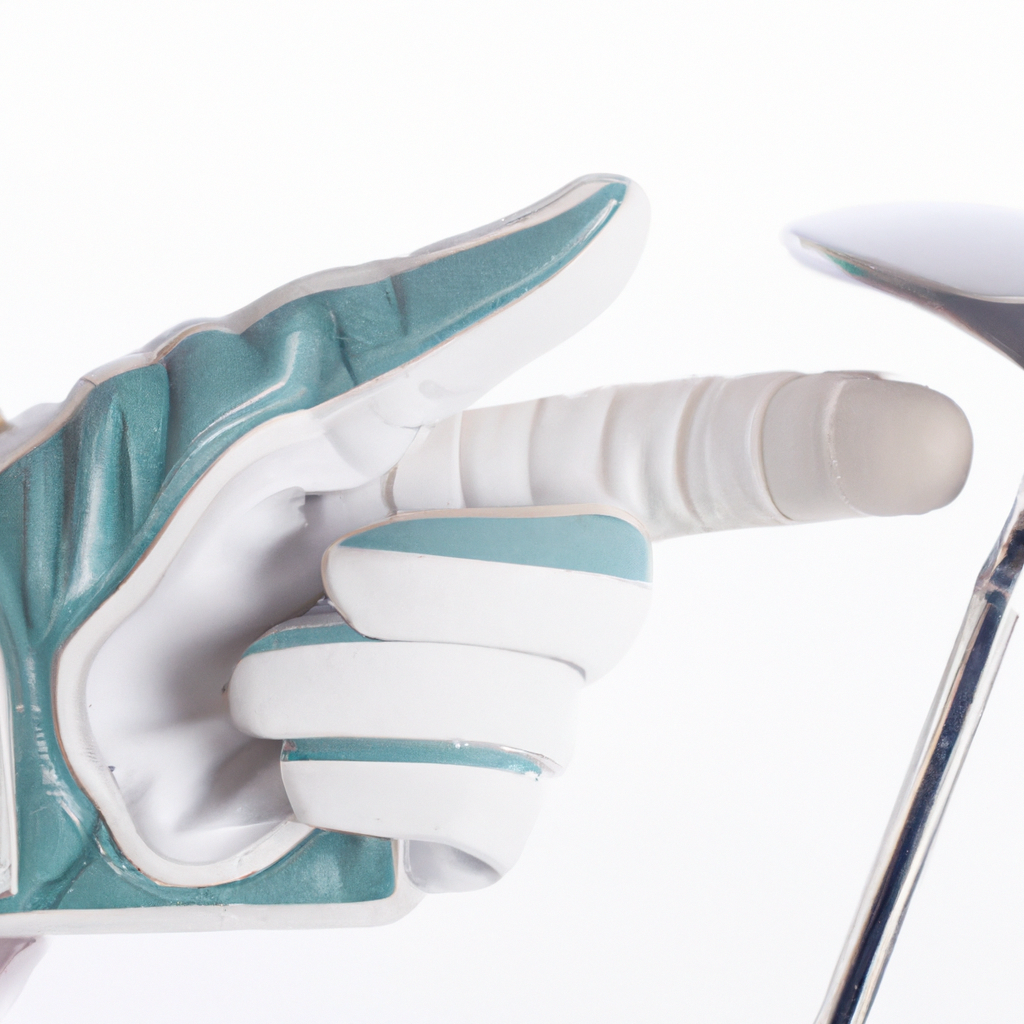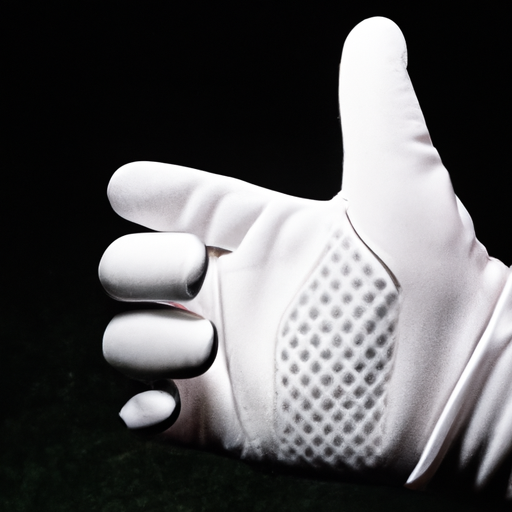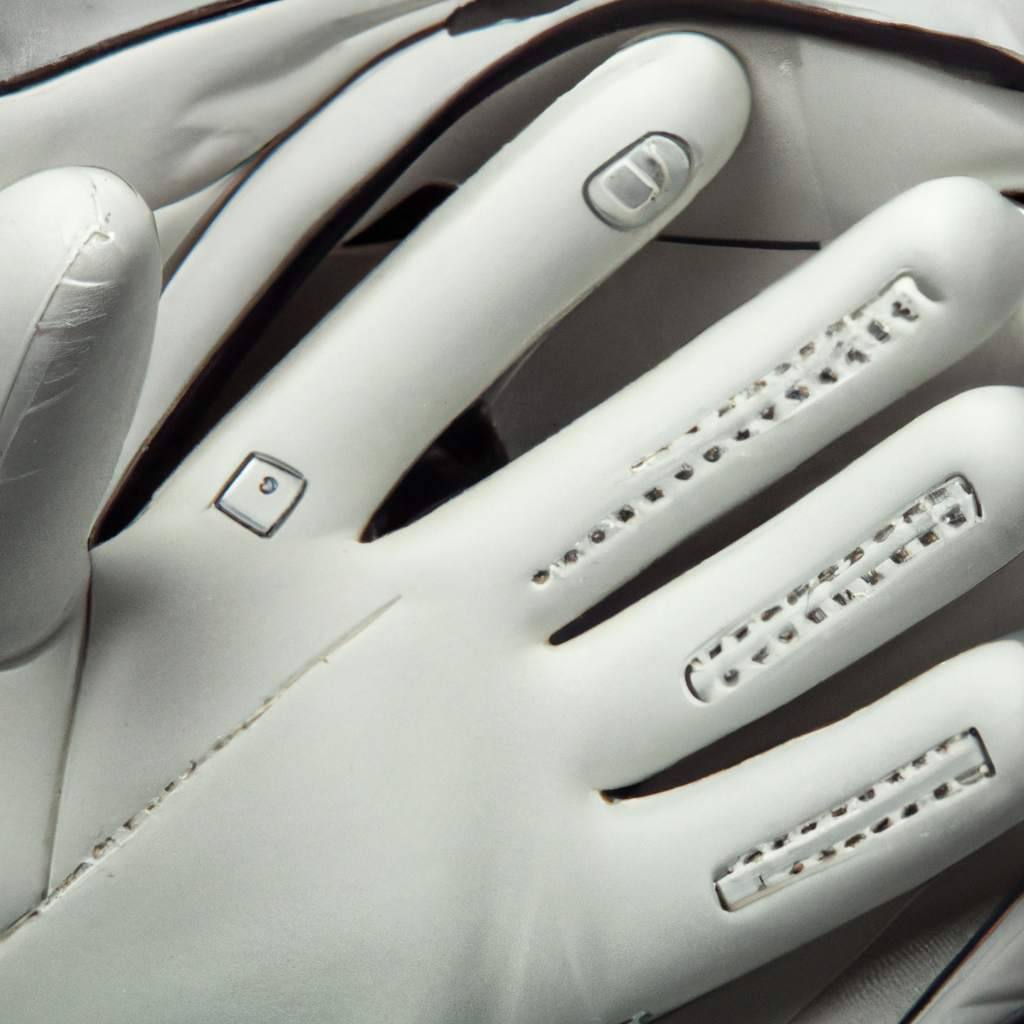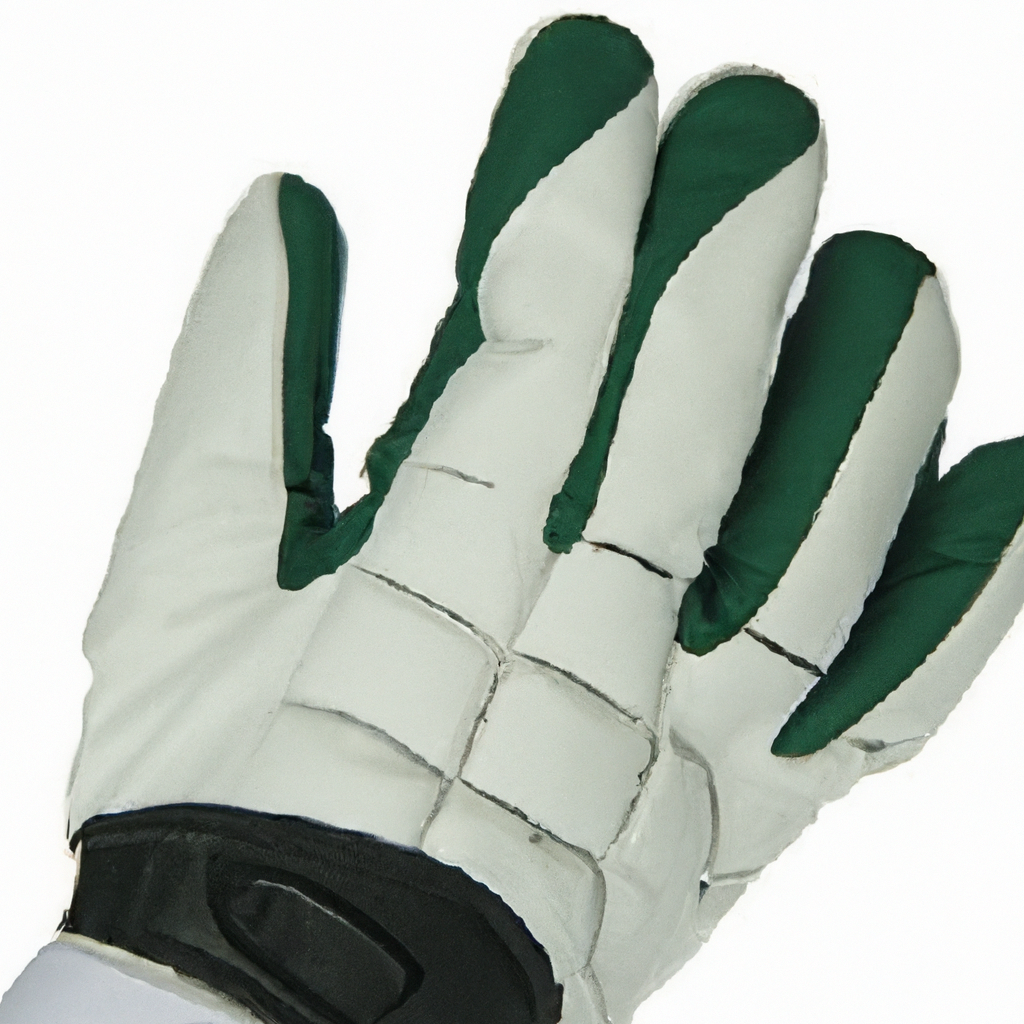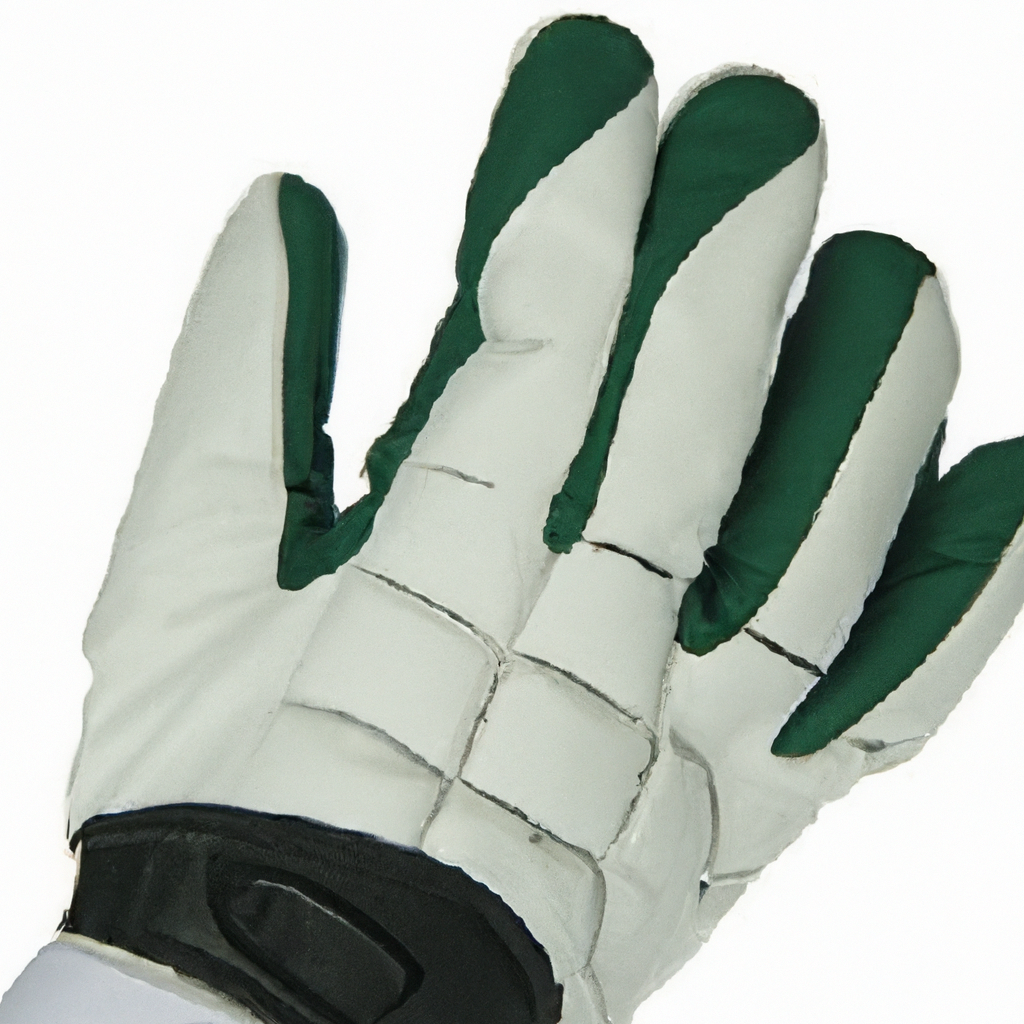When it comes to golfing attire, one often wonders which hand they should wear a golf glove on. This seemingly simple query can sometimes leave players puzzled, wondering if there is a correct answer. Whether you’re a seasoned golfer or new to the sport, understanding the proper hand for your glove can greatly impact your performance on the course. In this article, we will demystify the dilemma and provide you with the definitive answer, so you can confidently step onto the green.

Factors to consider
When it comes to wearing a golf glove, there are several factors that you should consider. These factors can help you determine which hand to wear the glove on and can greatly impact your overall golfing experience. The main factors to consider include hand dominance, grip strength, weather conditions, and personal preference.
Hand dominance
One important factor to consider is your hand dominance. If you are right-handed, it is commonly recommended to wear the glove on your left hand, and if you are left-handed, the glove should be worn on your right hand. This is because your dominant hand typically provides more power and control in your swing, and wearing the glove on your non-dominant hand can help improve your grip stability.
Grip strength
Another factor to take into account is your grip strength. If you have a weaker grip, wearing the glove on your dominant hand can help improve grip stability and control. The glove provides additional friction between your hand and the club, allowing for a more secure grip and reducing the chances of the club slipping during your swing.
Weather conditions
Consider the weather conditions when deciding which hand to wear the glove on. In hot, humid climates, it is common to wear the glove on your non-dominant hand, as this hand tends to sweat more. The glove can help absorb moisture, keeping your hand dry and preventing slipping. In colder conditions, it is advisable to wear the glove on your dominant hand to ensure maximum warmth and comfort.
Personal preference
Lastly, personal preference plays a significant role in determining which hand to wear the golf glove on. Some golfers feel more comfortable wearing the glove on their non-dominant hand, while others prefer the added grip stability provided by wearing it on their dominant hand. It is essential to experiment and find what works best for you.
Wearing the glove on the dominant hand
Improving grip stability
For golfers with a strong dominant hand, wearing the glove on that hand can be advantageous. By doing so, you can enhance grip stability, allowing for a more controlled and powerful swing. The glove’s material provides added friction between your hand and the club, reducing the chances of your grip slipping during your swing.
Aiding hand control
Wearing the glove on your dominant hand can also aid in hand control. The glove’s fit and texture provide a tactile feedback that enhances your ability to feel the club’s position and make precise adjustments. This can be particularly beneficial during delicate shots that require finesse and accuracy.
Reducing hand fatigue
Another advantage of wearing the glove on your dominant hand is the reduction of hand fatigue. The repetitive motion of the golf swing can exert significant strain on your hands and fingers. Wearing a glove on your dominant hand can provide additional cushioning, reducing the impact on your hand and alleviating fatigue, especially during long rounds of golf.
Wearing the glove on the non-dominant hand
Enhancing dexterity
For golfers with a less dominant or weaker hand, wearing the glove on the non-dominant hand can enhance dexterity. By providing additional support and grip, the glove can compensate for any potential lack of strength in your non-dominant hand, enabling you to maintain control and precision throughout your swing.
Offering better feedback
Wearing the glove on your non-dominant hand can also offer better feedback during your swing. The glove’s material enhances your sense of touch, allowing you to feel the position of the club more accurately. This heightened feedback can be particularly useful when making adjustments to your grip or swing mechanics.
Preventing blisters
Golfers who frequently experience blisters or calluses may benefit from wearing the glove on their non-dominant hand. The glove acts as a protective barrier between your hand and the club, reducing friction and preventing blisters from forming. This can be especially helpful for golfers who tend to grip the club tightly or those with sensitive skin.

Glove design considerations
When choosing a golf glove, it is important to consider the design options available to you. There are three main types of gloves to consider: left-handed gloves, right-handed gloves, and ambidextrous gloves.
Left-handed gloves
Left-handed gloves are designed specifically for golfers who swing with their left hand. These gloves are made to fit the unique contours of the left hand, providing an optimal fit and maximum comfort. Left-handed gloves are readily available in many golf stores and online retailers, ensuring that left-handed golfers have access to the gloves they need.
Right-handed gloves
Conversely, right-handed gloves are designed for golfers who swing with their right hand. These gloves are tailored to fit the right hand, offering the same benefits as left-handed gloves but for right-handed golfers. Right-handed gloves are widely available and offer a wide range of options to cater to different preferences and playing styles.
Ambidextrous gloves
Ambidextrous gloves, as the name suggests, are designed to be worn on either hand. These gloves are versatile and can be worn by both left-handed and right-handed golfers. Ambidextrous gloves are a convenient option, especially for golfers who play with different hands or those looking to share gloves with others without worrying about hand dominance.
Grip analysis
Understanding the grip of your hands is crucial for optimizing your golf performance. To determine your grip style, it is essential to analyze the grip of both your left and right hand.
Left hand grip
For right-handed golfers, the left hand serves as the leading hand in the grip. During your swing, your left hand controls the clubface’s rotation and provides stability. By wearing a golf glove on your left hand, you can enhance grip stability, minimize slippage, and ensure consistent control throughout your swing.
Right hand grip
On the other hand, your right hand serves as the trailing hand in the grip for right-handed golfers. Your right hand primarily provides support and additional control during your swing. Wearing a glove on your right hand can aid in hand control, improve grip stability, and reduce fatigue, ensuring optimal performance throughout your game.
Expert opinions
Gaining insights from professional golfers and instructors can offer valuable guidance in choosing which hand to wear a golf glove on.
Professional golfers’ preferences
Many professional golfers have their own preferences when it comes to wearing golf gloves. Some prefer to wear the glove on their non-dominant hand to enhance feel and control, while others opt to wear it on their dominant hand for added grip stability and performance. Ultimately, it is a personal choice that should be based on comfort and individual playing style.
Instructors’ recommendations
Golf instructors often provide recommendations based on their expertise and experience. They generally suggest wearing the glove on the non-dominant hand to enhance dexterity and feel. However, they also emphasize the importance of personal preference and encourage golfers to experiment to find what works best for them.
Common mistakes to avoid
While wearing a golf glove can enhance your game, there are some common mistakes that you should avoid to maximize its benefits.
Wearing multiple gloves
One mistake to avoid is wearing multiple gloves at the same time. Some golfers mistakenly believe that wearing gloves on both hands will provide added grip and control. However, this can restrict hand movement, reduce tactile feedback, and potentially hinder your performance. It is best to stick to wearing a single glove on the appropriate hand for your playing style.
Using gloves on both hands
Similarly, using gloves on both hands can lead to unnecessary discomfort and reduce sensitivity. Wearing a glove on your non-dominant hand is generally sufficient to provide the desired grip stability and control. Avoiding the use of gloves on both hands allows for better maneuverability and flexibility during your swing.
Ignoring personal comfort
Lastly, it is important not to ignore your personal comfort. Pay attention to how the glove feels on your hand and ensure that it fits properly. An ill-fitting or uncomfortable glove can affect your grip and overall performance. Take the time to find the right glove size and style that best suits your hand and playing preferences.
Seasonal variations
Weather conditions greatly impact your golf game, and it is essential to consider the seasonal variations when determining which hand to wear your golf glove on.
Summer golfing
In hot and humid summer climates, it is advisable to wear the glove on your non-dominant hand. As the non-dominant hand tends to sweat more in hot weather, wearing a glove can help absorb moisture and maintain grip stability. Additionally, using a glove on the non-dominant hand can prevent blisters caused by prolonged gripping and reduce the chances of the club slipping due to sweaty palms.
Winter golfing
During colder winter months, wearing a glove on your dominant hand is recommended to provide maximum warmth and comfort. As the dominant hand typically generates more power and control in your swing, it is crucial to keep it warm to maintain performance. Look for gloves specifically designed for cold weather conditions, as they often offer insulation and weather resistance to protect your hand from the elements.
Alternatives to golf gloves
While golf gloves are the standard choice for improving grip and performance, there are also alternative options available.
Grip aids
Grip aids are commonly used to enhance grip stability without wearing gloves. These aids come in various forms, such as grip enhancers or grip tapes, and can be applied directly to the club handle. They provide an additional layer of grip and can be especially beneficial for golfers who prefer not to wear gloves or have specific hand preferences.
Tape or adhesive
Another alternative is to use tape or adhesive on your hands to improve grip and reduce slippage. This method involves wrapping tape or applying adhesive to strategic areas of your hands to enhance friction with the club. However, it is important to note that this approach may not suit everyone, and it requires careful application to avoid discomfort or hindrance during your swing.
Powder or rosin
Powders or rosins are also used to improve grip, particularly in hot and humid conditions. These substances are applied to your hands to reduce moisture and increase friction, enhancing grip stability. While they can provide temporary relief from sweaty palms, it is crucial to use them sparingly and ensure that the powder or rosin does not interfere with your grip or feel of the club.
Conclusion
Choosing which hand to wear a golf glove on is a personal decision that should take into account various factors. Consider your hand dominance, grip strength, weather conditions, and personal preference when making your choice. Experiment with different options and pay attention to the feedback from your hands during your swing. Remember to choose a glove that fits properly and provides the necessary grip and comfort for an enjoyable golfing experience. Whether you decide to wear the glove on your dominant or non-dominant hand, the ultimate goal is to enhance your grip stability, control, and overall performance on the golf course. Happy golfing!
